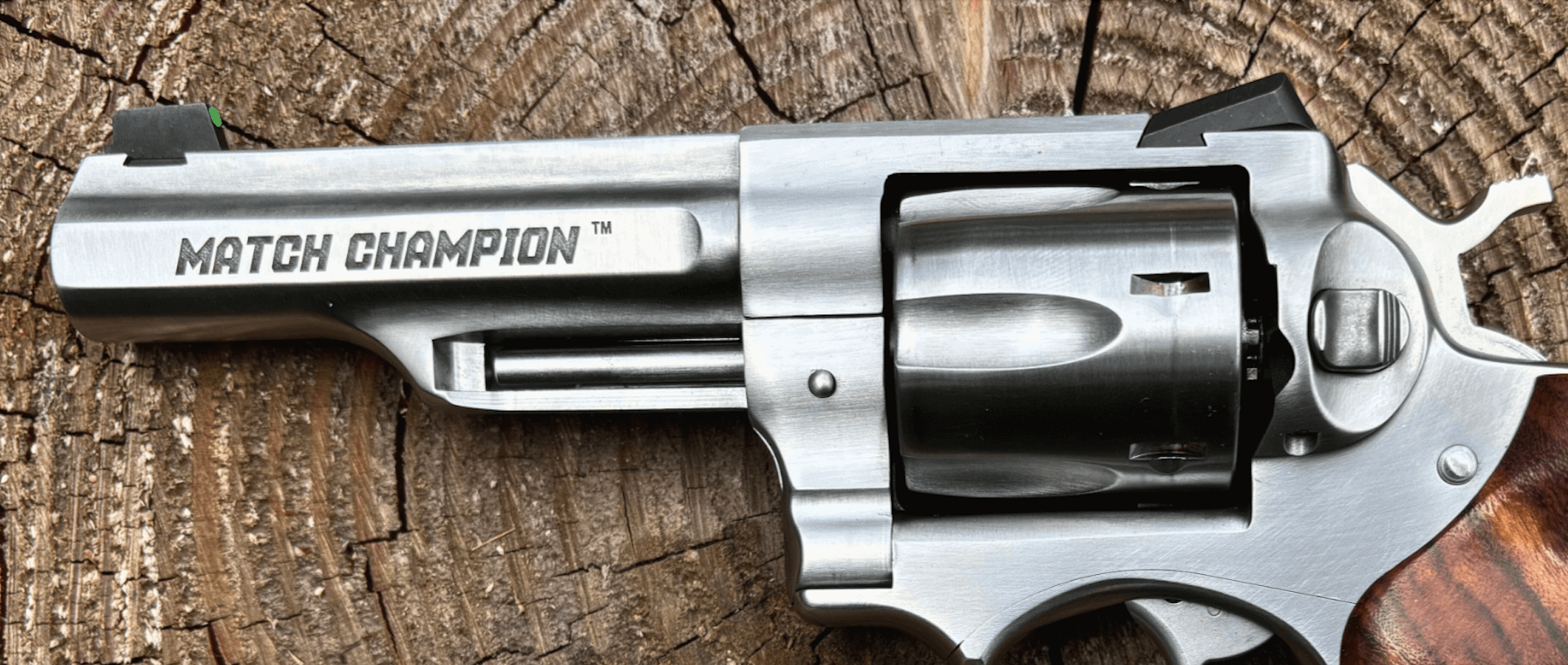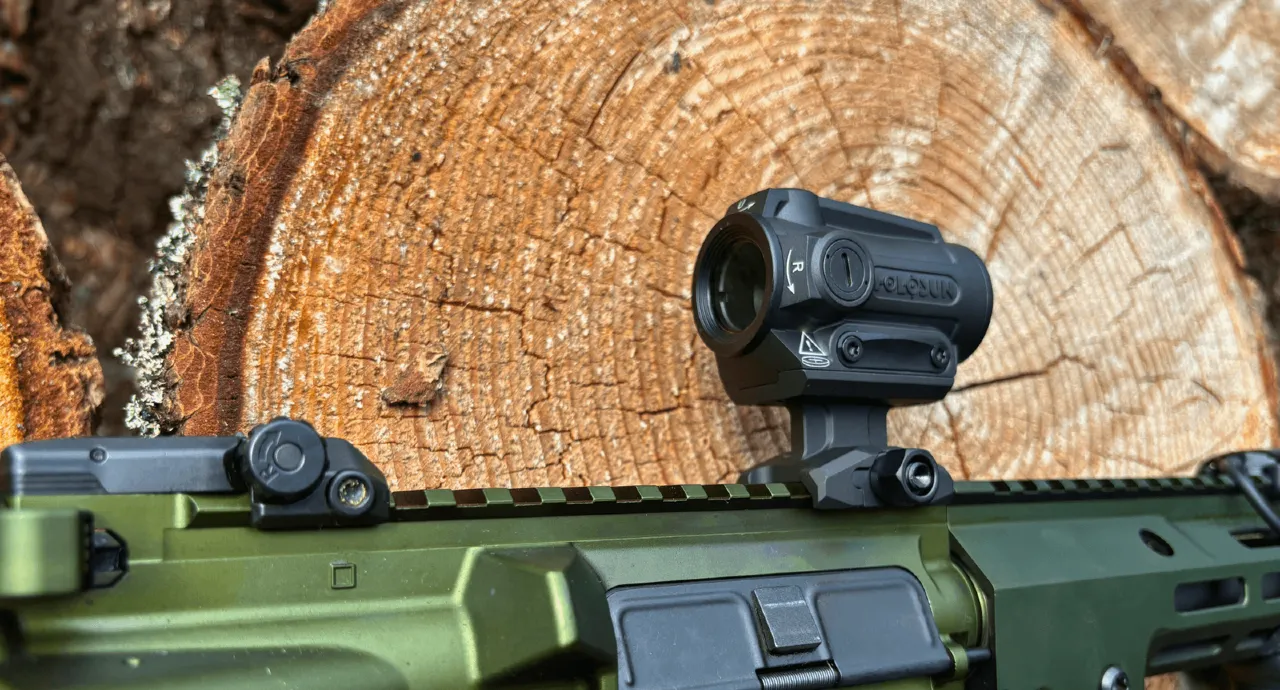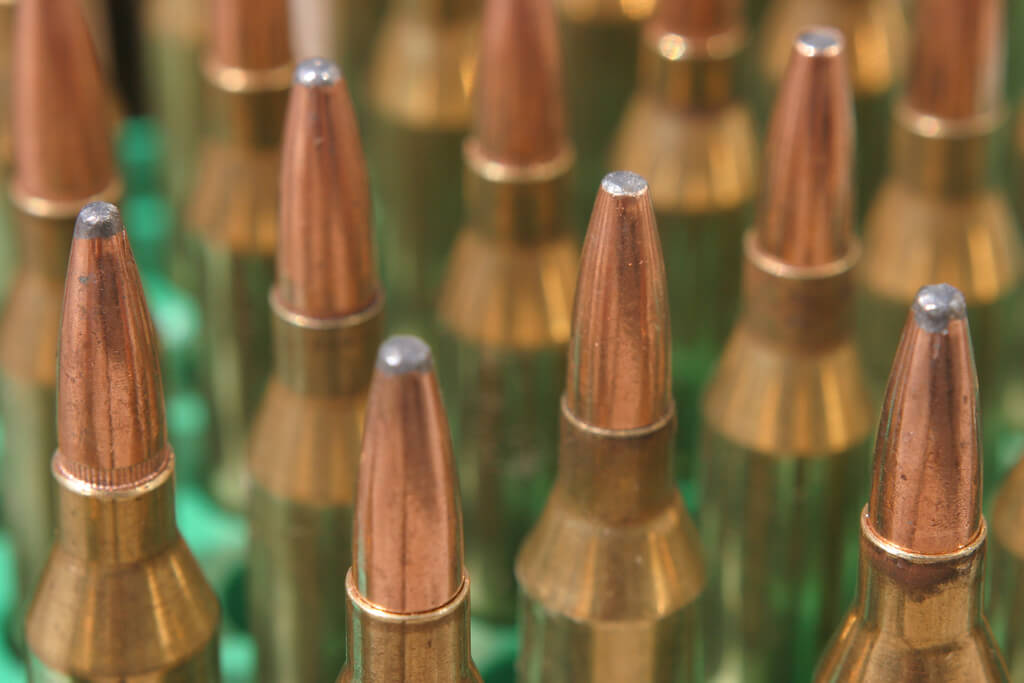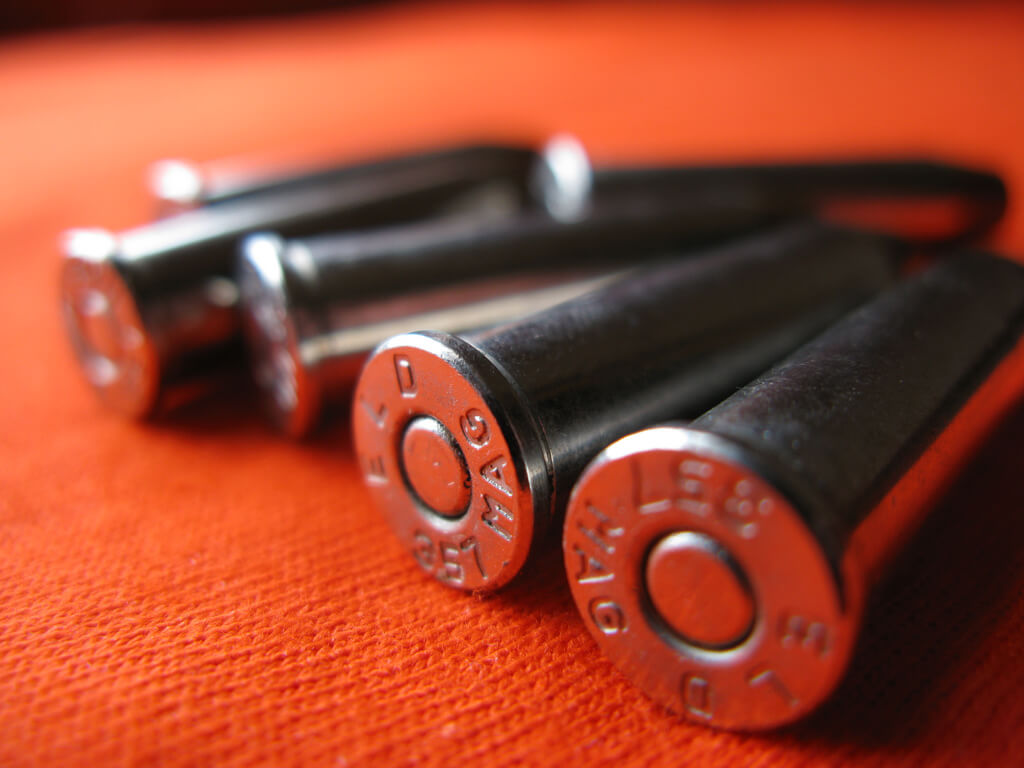Introduction
Here are two scenarios. One will probably feel familiar to you.
In the first scenario: you recently became a first-time gun buyer along with five million other Americans over the last year. Maybe you had been thinking about purchasing a firearm for some time, or it may have been a spontaneous decision. In either case, you went to the gun store, considered your options, and came home with a firearm and some ammunition. The gun store that you bought your gun from may have even had a shooting range on the site, where you got to try out your new purchase.
My question to you is this: what now? Is it enough to simply own a firearm, or have you thought about how to train with it and become proficient in its use?
In the second scenario: you’re a seasoned gun owner. Whether for self-defense, hunting, target shooting or competitive shooting, you’ve spent plenty of time around firearms. In fact, you may even have a sizeable collection of firearms in your arsenal.
My question to you is this: without looking, can you recite the four key rules of gun safety from memory?
BONUS OFFER: Get your free shooting range targets to print at home!
Get your free targets to print at home!
Training for beginner firearm owners
These scenarios may not seem related, but they are. The Chinese general Sun Tzu wrote in the 5th century that “Men meet their death from lack of ability or unskillfulness. Wherefore training is the first requirement of war.” So it went in 5th century Chinese warfare, and so it goes now—knowledge and training are the most important tools in your arsenal.
Firearms are generally simple tools to operate, and with only a few minutes of instruction (usually at the gun store sales counter) you can learn to load, unload, and shoot a gun. Learning the four rules of gun safety isn’t that hard either—but applying all of that in a life-and-death situation is another matter entirely. Most violent attacks happen extremely quickly, and people default to their training and practiced behaviors in these moments.
Some gun owners also get lured into the temptations of fitting their gun with upgraded parts and accessories. These are often sold with the promise of better enabling to protect yourself in a life-and-death situation. But without a solid foundation in the fundamentals of safe shooting, this money is likely a poor investment and can instill a false sense of security.
In fact, when people ask me what they can do to their gun to improve its accuracy, I almost always tell them that “you should spend money on the person holding the gun.” In fact, I encourage everyone to become a “training junkie.”
This is where the USCCA comes in. As one of the nation’s leading firearms training organizations, the USCCA is the perfect way to fill the gap between the firearm(s) you own, and the know-how to use them safely, lawfully, and effectively.
The USCCA’s mission is to educate and train its members in the safe and responsible use of firearms, and their Protector Academy is a way to do a significant amount of this training from the comfort of your own home, and at your own pace. The modules start with gun safety fundamentals—lessons that benefit the new gun buyer, and that the seasoned gun owner would do well to brush up on. The four key rules of firearms safety form the center of the USCCA’s training program, and this module breaks them down into easy-to-understand and manageable lessons. This lesson plan also includes discussions about safe storage, safe transportation, and safe cleaning.

BONUS OFFER: Get your free shooting range targets to print at home!
Get your free targets to print at home!
Training for parents and children
The lessons then pivot to firearms and children. For many people this is a difficult topic to discuss, but the USCCA covers the topic with balance and thoughtful consideration for your unique circumstances. This module introduces important concepts: the “ages and stages” of a child’s development, “safe storage and staging” of firearms in the home, and how to safely familiarize kids with firearms fundamentals.

Learning how to teach children about firearms is also a great way for adults to encode the basics. Mnemonic devices like “safe gun, safe direction, safe fingers, safe target!” are a fantastic way for adults and children alike to encode the four rules of gun safety.
The learning is punctuated with qualification tests that are to be completed offline. These include in-person training requirements and live fire qualifications that establish a baseline of proficiency. The first qualification level requires a two hour training class of your choosing, and a basic shooting test with targets from 3 to 15 yards away. This is a reasonable qualification test for any beginner to develop shooting proficiency with, and a more experienced shooter should have no trouble acing this test with a perfect 100% score.
The second level training and qualification (available to Platinum and Elite members) delves into the world of defensive shooting and emergency first-aid, which is something most people don’t spend a lot of time thinking about. Rob Pincus’ training materials note that “the program focuses on developing applicable skills, not isolated range performance,” and the program challenges you to “practice the skills you learn in this program over time in order to develop and maintain those skills.” Critical information, since we default to our learned and practiced skills in a panic situation.
Training for experienced shooters
If you’re an experienced shooter, here’s some questions to consider:
Why is it better to train and practice shooting in an isosceles stance—squarely facing the target squarely with feet aligned and shoulder width apart?
When manipulating the slide on a semi-automatic firearm, why is it critical to use the “over the top” grip on the slide (with three fingers and your thumb), instead of pinching the slide?
When you’re learning to draw, why is it important to begin your draw with your hands in front of you, and not at your side?
Why should you practice tactical reloads without looking at the firearm?
If you weren’t able to answer these questions precisely, then you’ll benefit from the “Defensive Shooting Concepts” online class.

The USCCA is a community that aims to stand behind all firearm owners in the United States, regardless of age or experience, online and offline
The USCCA’s website also has a fantastic collection of guides and resources relevant to all gun owners. Their “Concealed Carry Reciprocity Map and Gun Laws” provides an interactive guide to gun laws and gun resources based on your state of residence.
The USCCA is a lot more than online shooting classes and resources, though, and their network of trainers and partner shooting ranges will have you practising and honing your shooting skills. The USCCA also holds regular events around the country, including legal seminars and the annual “USCCA Expo,” which will be held in Fort Worth, Texas later in 2021.

Another important factor to consider is the self-defense insurance all USCCA Members get. The USCCA has purchased an insurance policy that provides the association and its members with self-defense liability insurance. Defense LLC, which provides sales, marketing, operations and administrative support services to the USCCA is a licensed insurance agency in all 50 states and they can provide more information on the self-defense liability insurance policy that covers the USCCA and its members.
Every membership to the USCCA includes a subscription to their high quality Concealed Carry Magazine, which is published eight times per year. The magazine includes firearms reviews, articles about self-defense and safety, and shooting techniques. Subscriptions include access to the magazine’s digital archive, with Elite members getting access to all of the back issues back to 2004.
Critical response team at hand in the worst-case scenario—utilizing your firearm in a self-defense event
USCCA members also have access to the organization’s Critical Response Team—a group of professionals that are available 24/7 to help you through the aftermath of a self-defense incident. The Critical Response Team will help connect with your attorney or put you in contact with one from the USCCA’s attorney network, a group of pro-2A attorneys who are at the ready to provide USCCA members with legal representation after a self-defense incident.
The USCCA also hosts a number of community forums that enable firearm owners to connect, explore and learn together. The USCCA is above all else an association – a community – and their aim is to equip all firearm owners in America with the tools to exercise their right to bear arms safely and knowingly, whether in a self-defense incident or as a competitive shooter. It is an exceptional resource, delivered fluently and is a comprehensive introduction to any firearm owner in the United States, whether experienced or brand new.

Training – it’s a firearm owner’s responsibility
Simple in the design and use, firearms are dangerous in untrained hands, and the USCCA plays a vital role in the community of firearm owners across America. This is a role that they exercise thoughtfully, placing the firearm user at the core of their experience, through education and access to a variety of vital resources when you may need them most. For first time firearm owners, it is well worth considering joining their program, at least to instil the basics that could save your life or someone else’s.
As a trained firearm instructor, my most important message is this—training is key, whether provided by the USCCA, your local gun club, a friend or relative. It is each owner’s individual responsibility to carry their firearm with care, respect and discipline wherever they go.
Visit the USCCA website for further information.















2 Responses
I agree. Unfortunately, being retired on a disability pension, there’s not a lot of extra dough to purchase a membership on my tight budget.
Been a USCCA member since 2011, definitely the best in the business. The legal coverage plus the amount of information and training can not be matched; if you do not belong, join. It is definitely worth it.